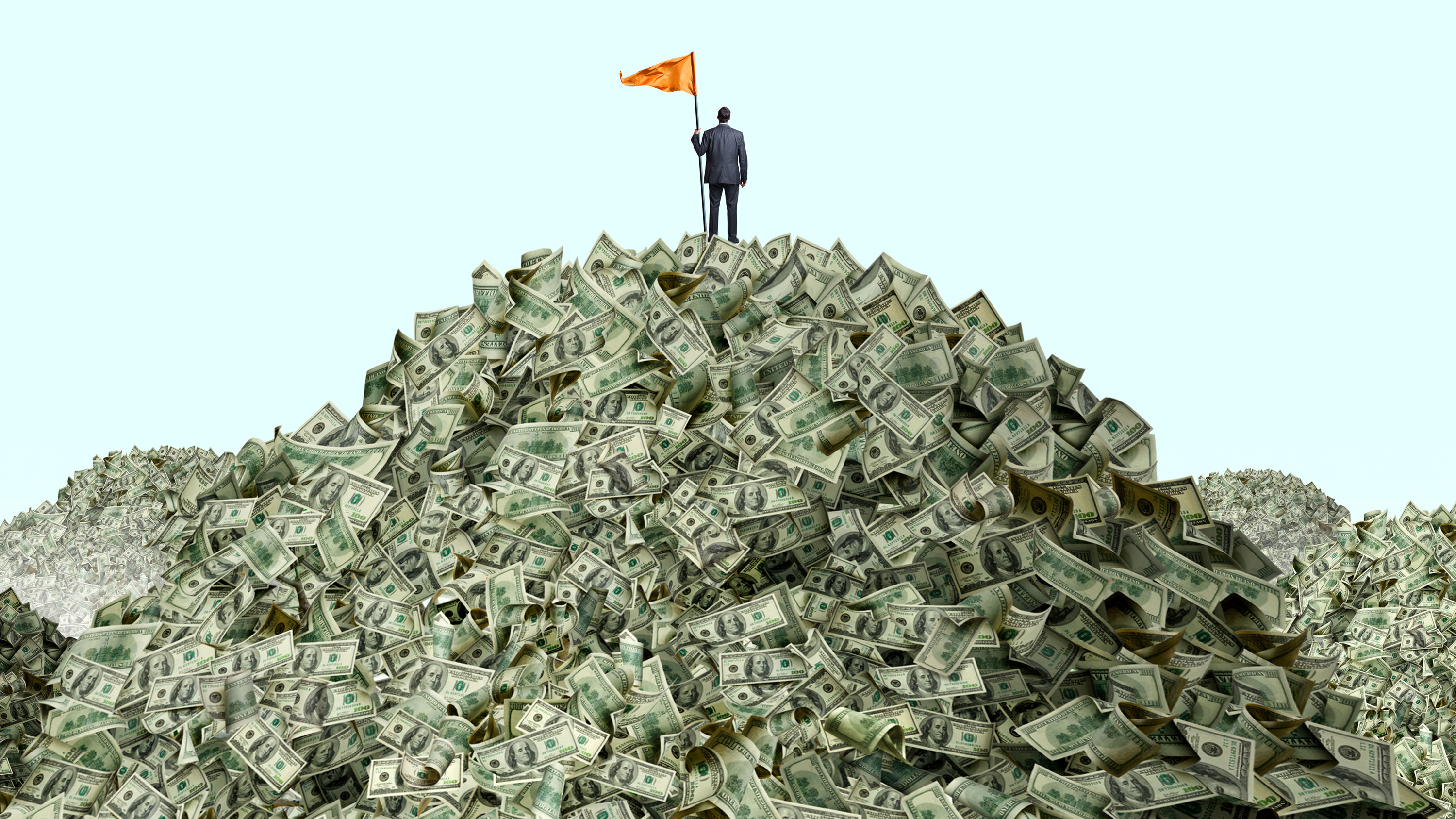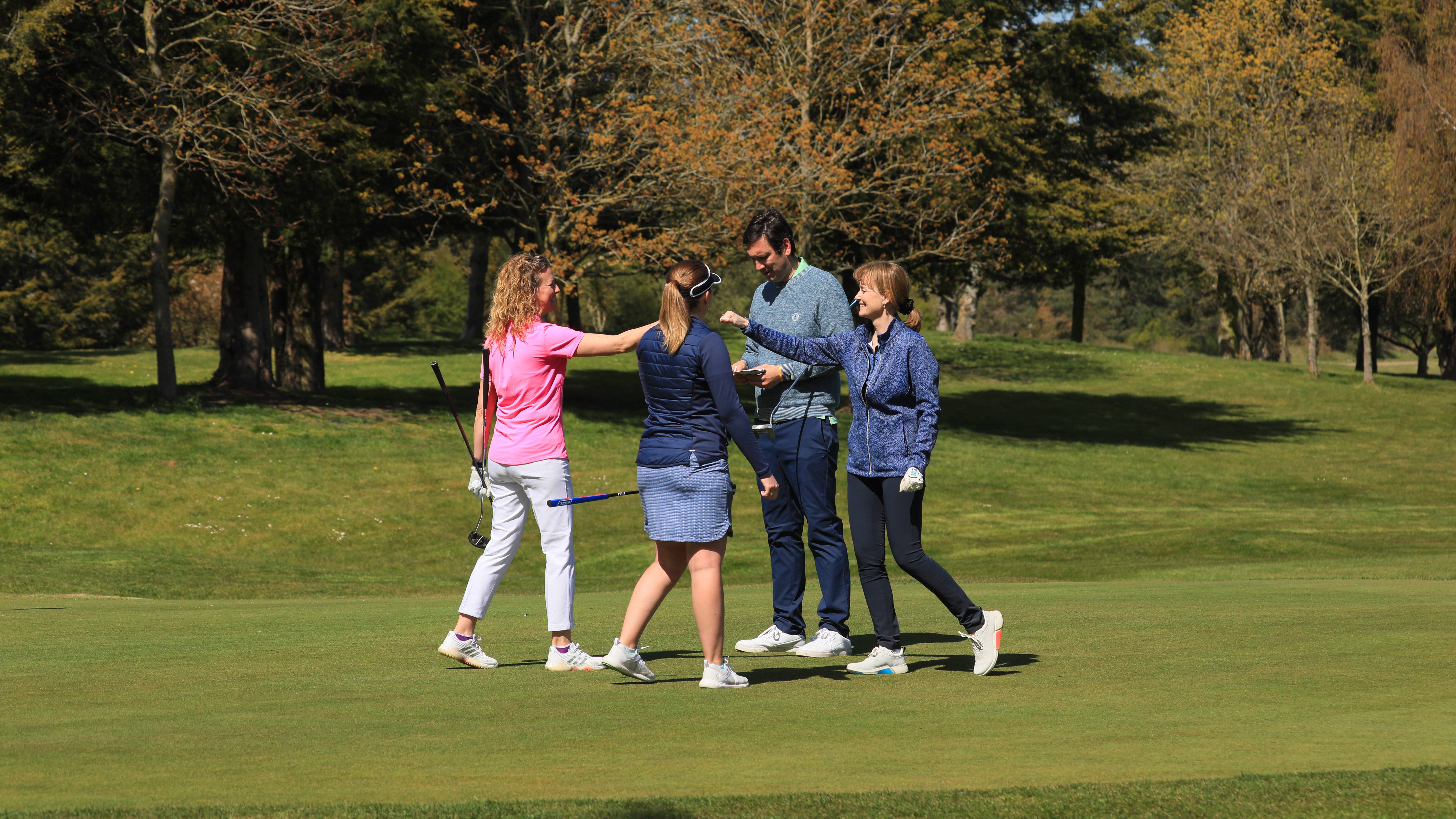
The coronavirus pandemic was a global disaster and lockdowns around the world caused untold hardship and strain, but there’s no question golf was an unexpected beneficiary.
The outdoor, naturally socially-distant game was one of the first pastimes to be reinstated when things became slightly less precarious. Hundreds of thousands of people either flocked to the game for the first time or dusted off their golf clubs after an extended hiatus.
Meanwhile, club members and regular players were chomping at the bit to return to the fairways as soon as restrictions were lifted.
The result was a healthy and much-needed boost for golf clubs all around the world. While it’s hard to piece together a completely accurate picture, various data points suggest interest in golf declined in the first two decades of the 21st century.
Covid changed all that – and things continue to look rosy. According to The R&A’s 2023 Global Participation Report: “Global participation figures show an additional ten million adult golfers are playing the sport worldwide since 2016. According to new research undertaken by the governing body, there are now 39.6 million on-course golfers (nine and 18 hole) in R&A-affiliated markets.
“The research figures indicate that the growth trend began before the onset of Covid-19 and continued during the pandemic – up 34% from 29.6 million on-course golfers in 2016. The sport has since continued to increase in popularity post-pandemic, up 15% from 34.5 million on-course players in 2020.”
This, of course, is good news. The major downside, however, is cost. Golf clubs and facilities are continuing to inflate their prices to capitalise on the post-Covid demand. I’m concerned that greed and short-term thinking are going to counter the unexpected dose of good fortune the industry received and contribute to declining numbers in the future.

Short-term thinking
The term ‘make hay while the sun shines’ comes to mind. But surely the better option is to make sure the sun shines long into the future. Many will argue you can have your cake and eat it too; that price is determined by demand – the reason something costs a certain amount is because people are prepared to pay it.
That’s true, and it’s also true that fluctuations in global pricing caused by socio-political factors and inflation – affecting everything from the cost of machinery and fuel to cooking oil and seed – have increased costs at golf clubs around the world.
But have price hikes been proportionate, or is there an element of greed in clubs’ pricing structures? I would argue the latter. Demand can be fickle, especially in a world where endless hobbies exist and attention spans continue to decrease.
It’s a concern I share with my golf-playing friends and we’ve received letters at Golf Monthly from those criticising the cost of green fees in 2024. I suspect increasing numbers of golfers are standing up and taking notice and some part-timers may have already decided to put their clubs back in the garage. I certainly would have played more golf this year if it had been more affordable.
I’m not just talking about the elite courses, here – even though many Top 100 layouts charge comfortably more than £200 and Turnberry recently announced a £1,000 green fee for non-hotel guests at peak summer times. No, courses you’d describe as run of the mill and average now routinely cost comfortably in excess of £50.
Before the pandemic, I used to regularly play at four golf courses that shall remain nameless. These layouts are public pay-and-play courses and, if I’m honest, don’t do much to set the pulse racing. Golf snobs would probably turn their noses up at them.
One has kept its prices roughly the same since and I’ve played about three quarters of my rounds there since. The other three all now cost around £50 at peak times – an increase of between 50% and 100% since pre-Covid – and I’ve played less than ten rounds combined since 2020. One course I’ve visited once and another I haven’t been back to since 2019.
Often, the only affordable way to play is to take a day or half day’s holiday during the week because weekends simply aren’t viable. People shouldn’t have to take annual leave to play an affordable round of golf.

A cautionary letter
Visiting a members’ club is another kettle of fish entirely. You’ll struggle to get change from £150 at plenty of clubs that are comfortably outside the UK&I Top 100 (and you’ll have to play during the week too).
It does make me worried about the future. We live in volatile times and I’m not sure charging as much as you can get away with is a shrewd strategy. A letter sent to Golf Monthly by Marlon Davies and published in the August issue of the magazine sums up my feelings on the matter quite nicely:
“I wanted to write to express my concern that some – perhaps many – golf clubs are now getting more than a little greedy when it comes to visitor green fees. I completely understand that it’s entirely up to them what they charge and whether or not they really want visitors, but since Covid things seem to have gone through the roof, not just at the top courses, which have always come at a premium price, but also at many courses lower down the pecking order that are now charging prices that, quite frankly, they are not really worth.
“I know Covid had a big effect, with formerly struggling clubs suddenly finding themselves in a much healthier position with full memberships and waiting lists, and also that the cost-of-living crisis has had a big impact on clubs’ bills and outgoings in many areas. But I’ve seen distinctly average clubs charging £70, £80 or more, which, pre-Covid, were desperately ‘giving away’ green fees at £20 just to get people through the door.
“It would be a sad day if golf regressed to the old days, when many golfers were restricted to municipal golf as members’ clubs put up barriers by either not accepting visitors or by effectively pricing them out of the market. I know that, as ever, supply and demand will ultimately play a big role here and that clubs do have bigger bills to pay, but what worries me is just how easily and eagerly private members’ golf clubs seem to have reverted to their old ways.”
Food for thought indeed. I just hope some golf clubs don’t look back with regret ten years from now.







